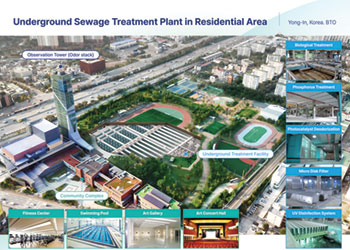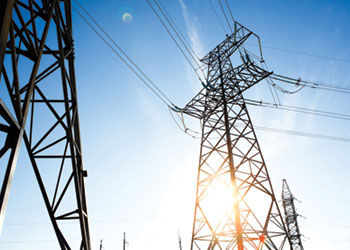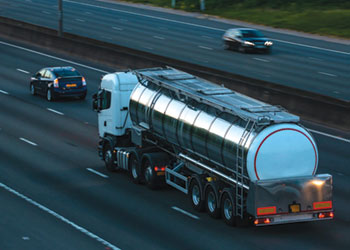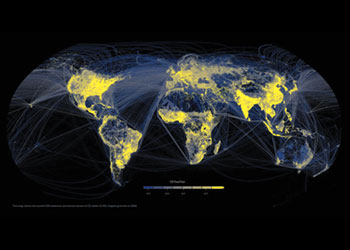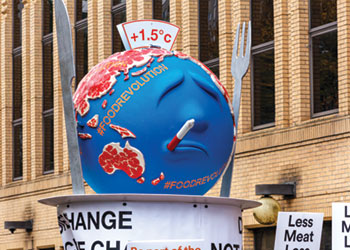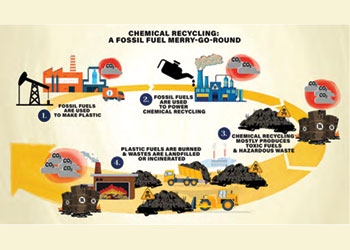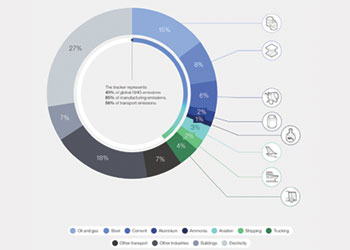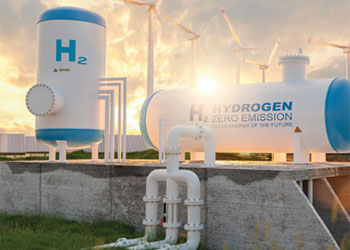
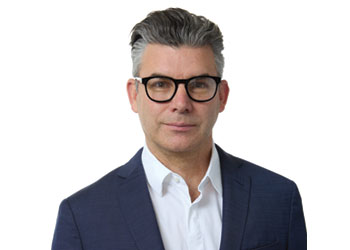 Hedges ... focus on GCC's decarbonisation plans
Hedges ... focus on GCC's decarbonisation plans
While criticisms continue to be levelled at the region’s fossil fuel exports, many Gulf states are actively channeling significant financial resources into ambitious, game-changing sectors, Andrew Hedges from Baker McKenzie tells OGN
As the discussions at COP28 continue, it is timely to consider how companies in the region are responding to calls for deep decarbonisation across sectors that are key to the Middle East’s economy.
Many exciting developments are occurring in the Gulf states, and these developments are focused on large-scale investments in hydrogen (green or blue), and carbon capture and storage (CCS).
Some of those projects are moving beyond concept to implementation, which will drive replicable finance and partnership models;
The next wave of investments is likely to first occur in other export-orientated commodity sectors, such as steel. And there are also indications that the UAE and others may also become a hub for related areas such as carbon credit markets.
GULF STATES LEADING THE WAY
The need for energy inputs to the global economy does not disappear in a net-zero-aligned world. However, the role of oil and gas production will evolve.
COP28’s host, the UAE, along with other Gulf states are focused on a twofold strategy: Increasing CCS to underpin the continuing role of oil and gas in the long-term, whilst looking to establish globally significant production of low-carbon feedstocks such as hydrogen (either green using renewable electricity, or blue using CCS).
This focus on tangible technologies to drive down greenhouse gas (GHG) emissions within sectors that are key to the global economy can also be seen in Dubai’s positioning of the COP28 agenda.
For example, the planned 2030 ‘Action Agenda’ for energy transition at COP28 focuses on halving the oil and gas industry’s Scope 1 and 2 emissions by 2030, and transforming heavy-emitting sectors through the use of low-carbon hydrogen, CCS and carbon removals.
VANGUARD OF MEGA-PROJECTS
 |
The Line at Neom ... a 1.2-million-tonne-per-annum green ammonia production |
Each of UAE, Saudi Arabia, Qatar, Oman, Kuwait and Bahrain have set 2030 or 2035 emissions reduction targets, with the UAE being the largest, at the recently increased target of 40 per cent by 2030.
Except for Qatar, UAE and Oman have net-zero targets by 2050 and Saudi Arabia, Kuwait and Bahrain have net-zero targets by 2060.
In turn, almost all of these states are driving ambitious investments in low-carbon hydrogen and CCS.
Some of the significant projects in the region include:
• The 1.2-million-tonne-per-annum green ammonia production facility under development in Neom on the Red Sea, involving Saudi firm Acwa Power, Air Products and the Saudi Industrial Development Fund.
• ACME’s 100,000-tonne-per-annum renewable ammonia project in Duqm, Oman.
• QatarEnergy’s Ammonia-7 project plans to produce 1.2 million tons of blue ammonia per annum, starting in 2026 (capturing 1.5 million tons of carbon dioxide a year to do so).
• The Omani state-owned energy company, Hydrom, is managing a competitive process to award development areas for green hydrogen projects, with the first three projects involving the Amnah consortium; BP Oman; and the Green Energy Oman consortium.
• The Jubail CCUS hub in Saudi Arabia involves a coalition of industrial emitters and may capture up to 9 million tons of carbon dioxide per annum from 2027 (a step toward the Saudi target of 44 million tons per annum by 2035).
INVESTMENT MODELS
Key to the acceleration of entirely new sectors such as low-carbon hydrogen for export (whether as ammonia or other carriers such as sustainable aviation fuel) is proving that these large-scale projects are deliverable.
One of the key developments this year was the financial close of the Neom project with a $8.4 billion investment.
This is the arguably the first low-carbon feedstock project at this scale to demonstrate that significant limited recourse finance can be accessed.
Key to this is the long-term offtake commitment of Air Products and the strong history of successful infrastructure projects in the kingdom.
This creates significant indirect benefits for the structuring of other projects in the region. For example, the large number of lenders involved in the Neom financing are likely to look at other opportunities for similar projects.
More widely, as of September 2023, S&P reports that nine Middle Eastern hydrogen projects have now secured final investment decisions.
THE NEXT WAVE
The Gulf-state model of investing in new sectors such as hydrogen is predicated on the assumption that global decarbonisation will underpin value for these export projects.
This, in turn, relies on key leaders such as the EU, with subsequent growth in markets such as Japan and South Korea.
Those drivers also create pressures and opportunities. For example, the EU is moving ahead with its ‘Carbon Border Adjustment Mechanism’, which will create financial impacts for exporters to the EU of products such as steel, fertiliser and cement that are carbon intensive.
Those tangible drivers for low-carbon products are stimulating new projects. Whilst these are at an earlier stage of the development cycle, they evidence the next stage of development in the region.
An example is the partnership between Emirates Steel Arkan, AD Ports Group, ITOCHU Corporation and JFE Steel to collaborate on the establishment of an integrated low-carbon iron supply chain complex in Abu Dhabi.
This builds on Emirates Steel Arkan’s existing experience, such as through Al Reyadah CO2-EOR Project, which captures most of the carbon dioxide from the adjacent Emirates Steel Arkan factory.
CLIMATE FINANCE VIA CARBON TRADING
Another area to watch in the Middle East is the role of carbon markets in channeling green finance to countries, and emissions reduction projects.
Whilst not a significant player in these markets previously, certain states and companies are looking to position the Middle East as a hub for new carbon markets.
Prime examples include the growth of ACX in the UAE (including the Mubadala investment into ACX) and the progress the Saudi-backed Regional Voluntary Carbon Market has made.
Overall, whilst criticisms will continue to be levelled at the fossil fuel exports of the Middle East, many Gulf states are actively channeling significant financial resources into ambitious, game-changing sectors.
If we want to achieve at-scale solutions for multiple sectors by 2030, these ambitious endeavours in the Middle East could well be some of the most promising.
* Andrew Hedges is a Partner at Baker McKenzie and works on a range of transactions driven by the ongoing transition to a low-carbon economy, including CCS, low-carbon hydrogen, renewable technologies and carbon markets.










































































